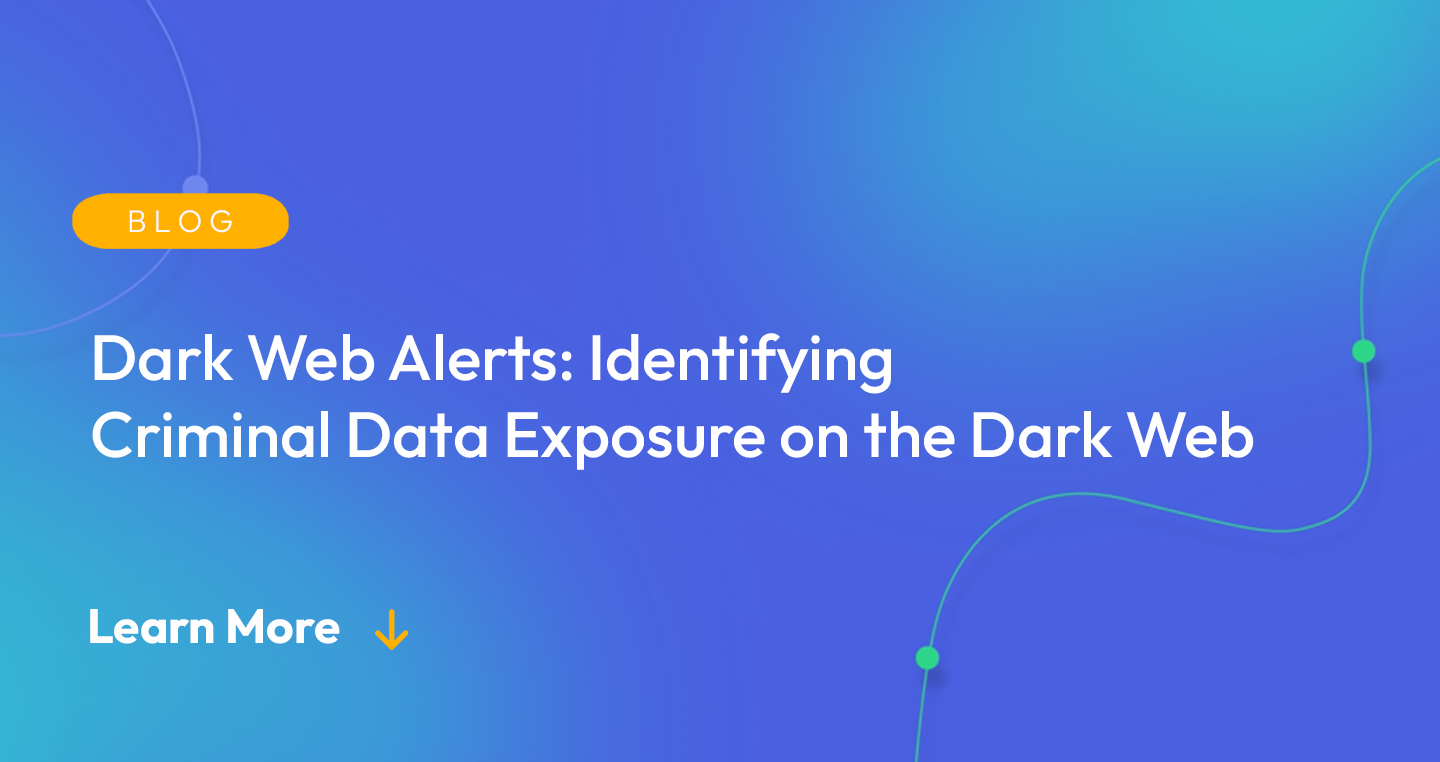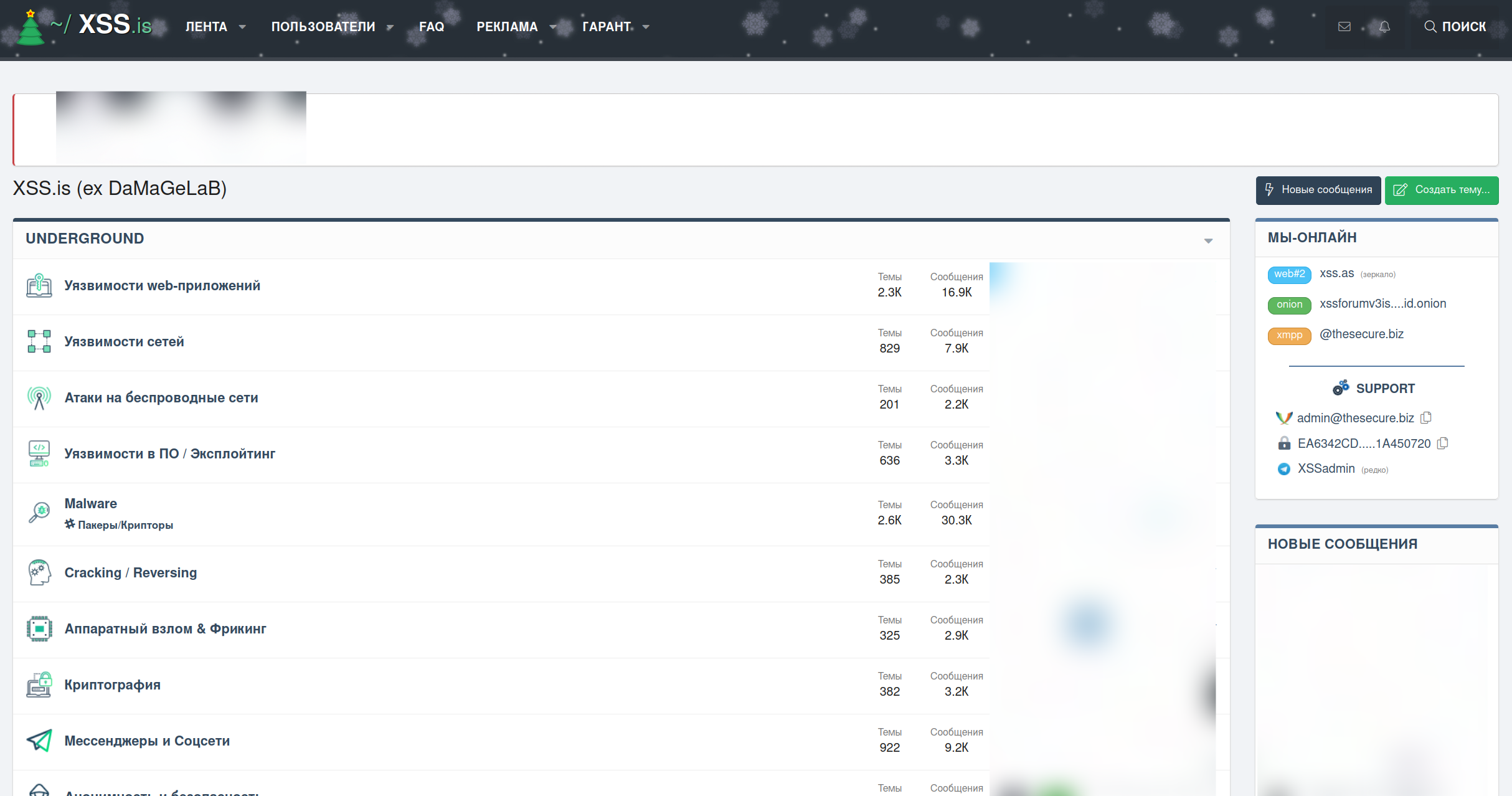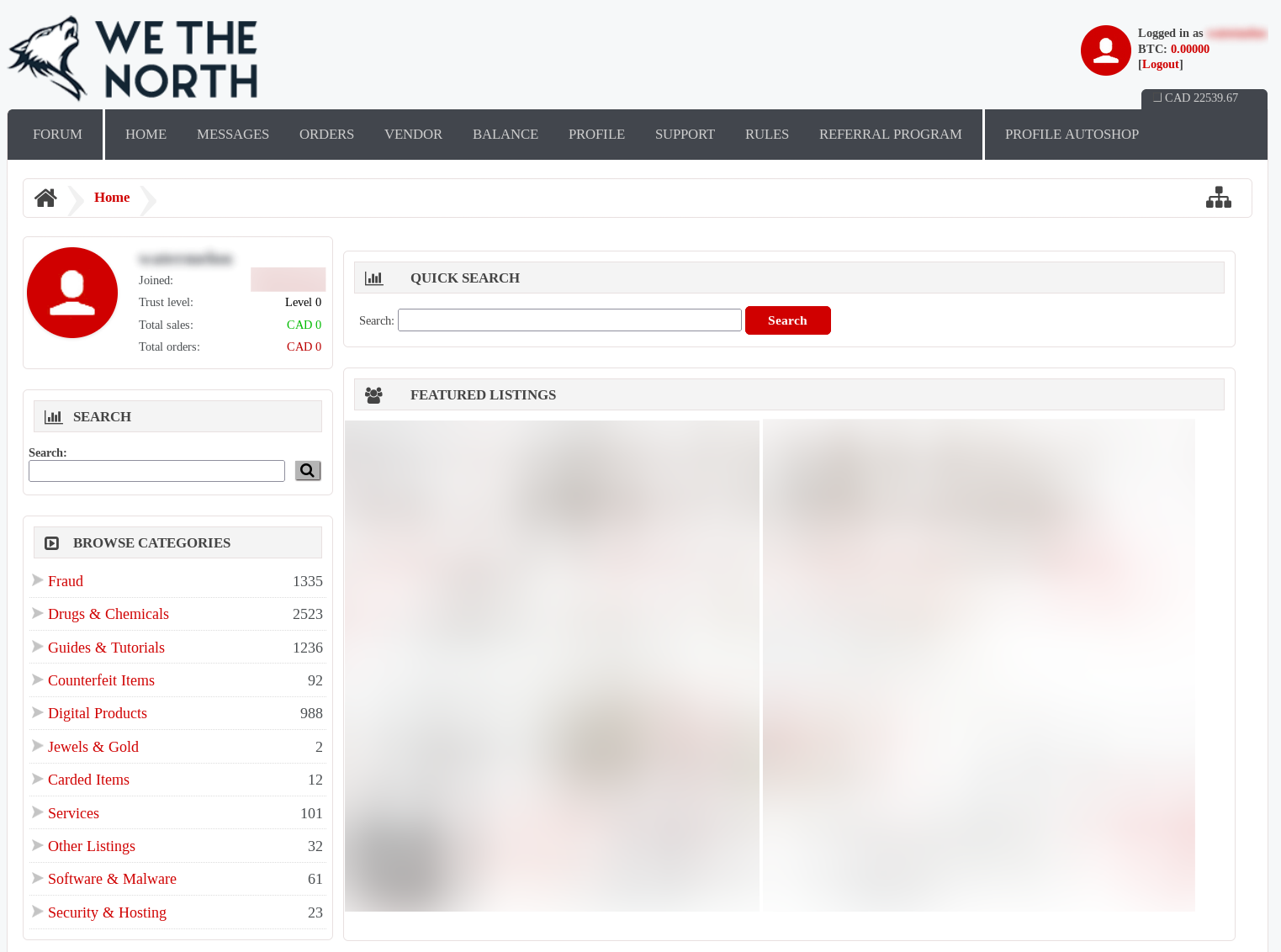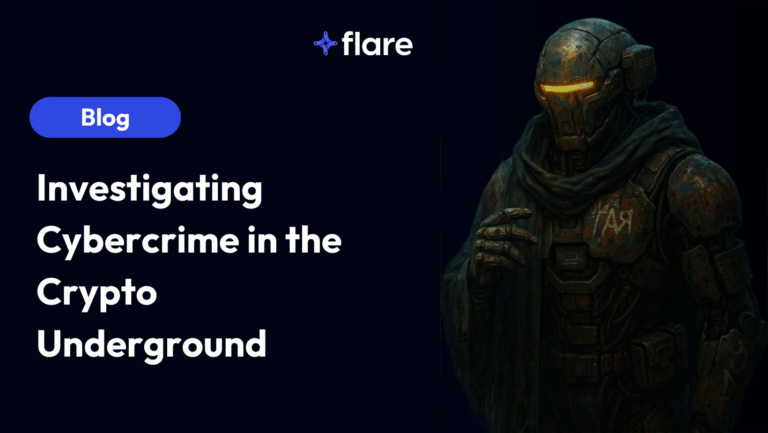
The dark web serves as a breeding ground for cybercriminal activities, with stolen data and illicit services often traded on underground marketplaces. One critical tool for organizations to protect themselves against potential data breaches and fraud is the implementation of dark web alerts.
By monitoring these hidden corners of the internet, cyber practitioners can proactively identify and address instances of criminal data exposure, allowing them to take swift action to mitigate the associated risks and safeguard their organization’s sensitive information.
Navigating the Dark Web: Understanding its Structure and Role in Cybercrime
The dark web is a part of the internet that exists on encrypted networks, hidden from conventional search engines and accessible only through specialized tools like the Tor browser. Its structure provides a high degree of anonymity, making it an attractive hub for various cybercriminal activities, including the trade of stolen data, illegal services, and contraband.
Threat actors often operate on dark web marketplaces and forums, where they exchange sensitive information such as personal and financial data, corporate secrets, and login credentials.
To effectively combat the threats emanating from this hidden realm, security practitioners must develop a deep understanding of the dark web’s structure and role in cybercrime. This knowledge will enable them to harness the power of dark web alerts and other intelligence-gathering tools, ultimately bolstering their organization’s defense against the wide array of risks lurking in the digital shadows.
We’ll discuss some of the general areas in the dark web to monitor for sensitive information about your organization.
Dark Web Forums
A dark web forum is an online discussion board or community that exists on the dark web, an encrypted and hidden part of the internet that requires specialized tools like the Tor browser for access. These forums provide a platform for users to communicate anonymously, exchanging information, ideas, and resources related to various topics, including cybercrime.
Due to the high degree of anonymity provided by the dark web, these forums often serve as a hub for illicit activities, such as trading stolen data, sharing hacking tools, and discussing cybercriminal tactics. Dark web forums play a significant role in the cybercriminal ecosystem, enabling threat actors to collaborate, learn from each other, and conduct illegal transactions.

Dark Web Marketplaces
A dark web market is an online marketplace that operates on the dark web. These markets enable anonymous transactions, often using cryptocurrencies, and primarily facilitate the trade of illegal goods and services. Dark web markets typically offer a wide range of illicit items, such as drugs, weapons, counterfeit currency, and stolen data, as well as services like hacking, money laundering, and identity theft. These marketplaces have become a hub for cybercriminals and other individuals engaging in illegal activities, making them a significant concern for law enforcement agencies and cybersecurity professionals.

Illicit Telegram Channels
Though not technically a part of the dark web, illicit Telegram channels serve as a hub for threat actors and are rapidly gaining popularity. Threat actors take advantage of Telegram’s end-to-end encryption and privacy features, providing a space for cybercriminals to communicate, exchange tools and techniques, and share stolen data. They serve as an alternative or supplement to dark web forums and marketplaces.

How Dark Web Alerts Work: Monitoring and Detecting Data Breaches in Real-Time
Dark web alerts function as an early warning system, enabling organizations to proactively monitor and detect potential data breaches and criminal activities involving their sensitive information. These alerts are powered by advanced algorithms and automated tools that continuously scan dark web marketplaces, forums, and other hidden platforms for specific keywords, patterns, or data signatures linked to the organization.
When the platform identifies a match, the system generates a real-time alert, providing security practitioners with critical details such as the type of data exposed, the source of the exposure, and any associated threats or vulnerabilities. Armed with this actionable intelligence, organizations can swiftly respond to potential data breaches, address security gaps, and initiate appropriate remediation measures to mitigate the risks associated with the exposed information. By incorporating dark web alerts into their cybersecurity strategy, businesses can enhance their overall security posture and stay one step ahead of cybercriminals.
Timing is crucial when finding external risks. The average time to identify and contain a data breach inside an organization is 287 days, which is almost a year for malicious actors to be able to find and abuse sensitive data.
Integrating Dark Web Alerts into Your Cybersecurity Strategy: Benefits and Best Practices
Integrating dark web alerts into your cybersecurity strategy provides several key benefits, including proactive threat detection, improved incident response, and enhanced risk management. By monitoring for your organization’s data on the dark web, you can identify potential breaches and address vulnerabilities before they escalate into full-blown crises. To make the most of dark web alerts, consider these best practices:
- Select a reputable dark web monitoring solution that offers comprehensive coverage of relevant platforms, including marketplaces, forums, and chat rooms, as well as customizable alert settings to meet your organization’s specific needs.
- Collaborate with your IT and security teams to identify the critical data and assets that should be monitored, such as intellectual property, customer data, and login credentials.
- Establish a clear protocol for handling dark web alerts, including who should be notified, how to prioritize incidents, and which remediation actions should be taken.
- Regularly review and update your monitoring parameters to ensure that they remain aligned with your organization’s evolving threat landscape and business objectives.
- Leverage dark web intelligence to inform and enhance other aspects of your cybersecurity strategy, such as threat hunting, vulnerability management, and employee training.
By incorporating dark web alerts into your cybersecurity strategy and following these best practices, your organization will be better equipped to identify and address potential data breaches, ultimately strengthening your overall security posture in the face of evolving cyber threats.
Dark Web Alerts with Flare
Flare monitors over 13 billion leaked credentials on the dark web. Our platform cuts out the noise and prioritizes alerts so that your cyber team doesn’t have to sort through them.
Book a demo with us so you can see how our dark web alerts can level up your cybersecurity posture.





